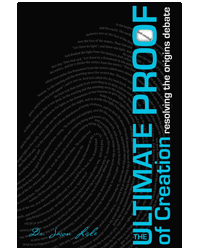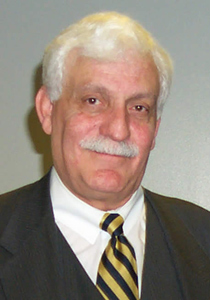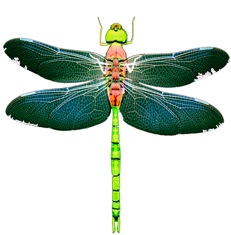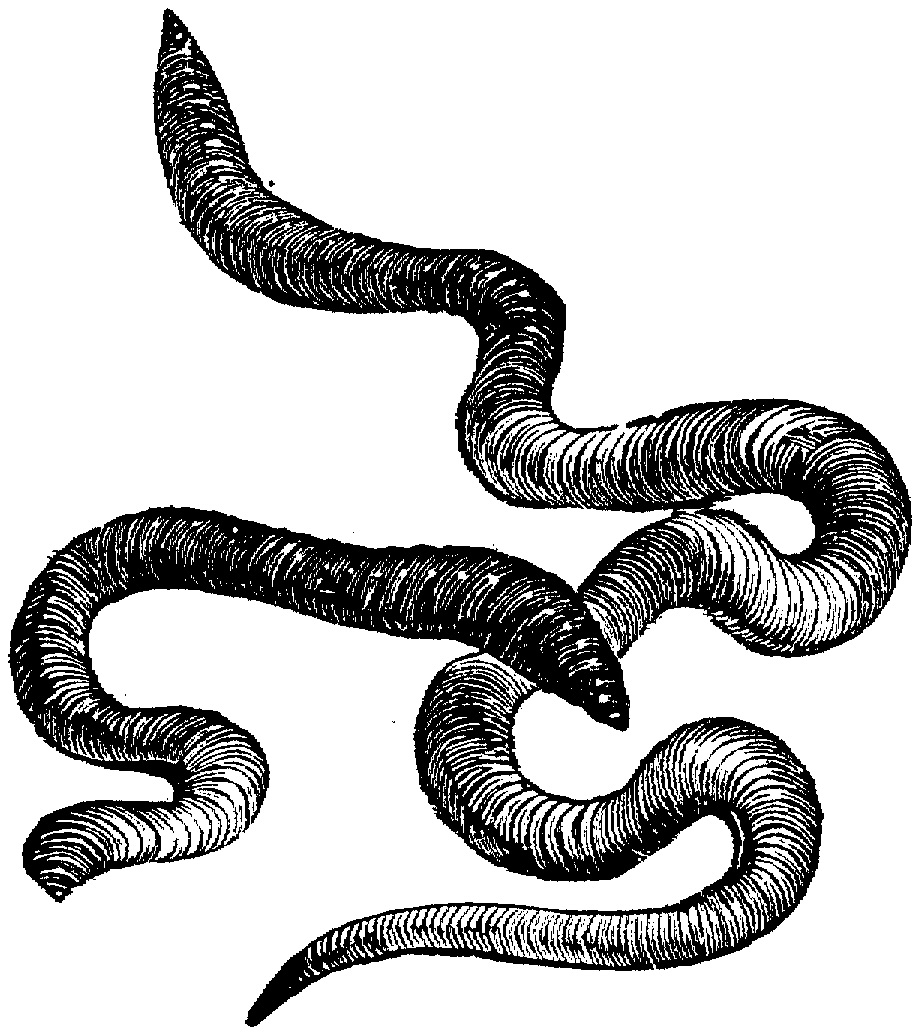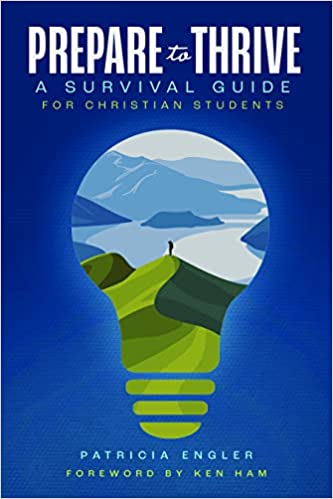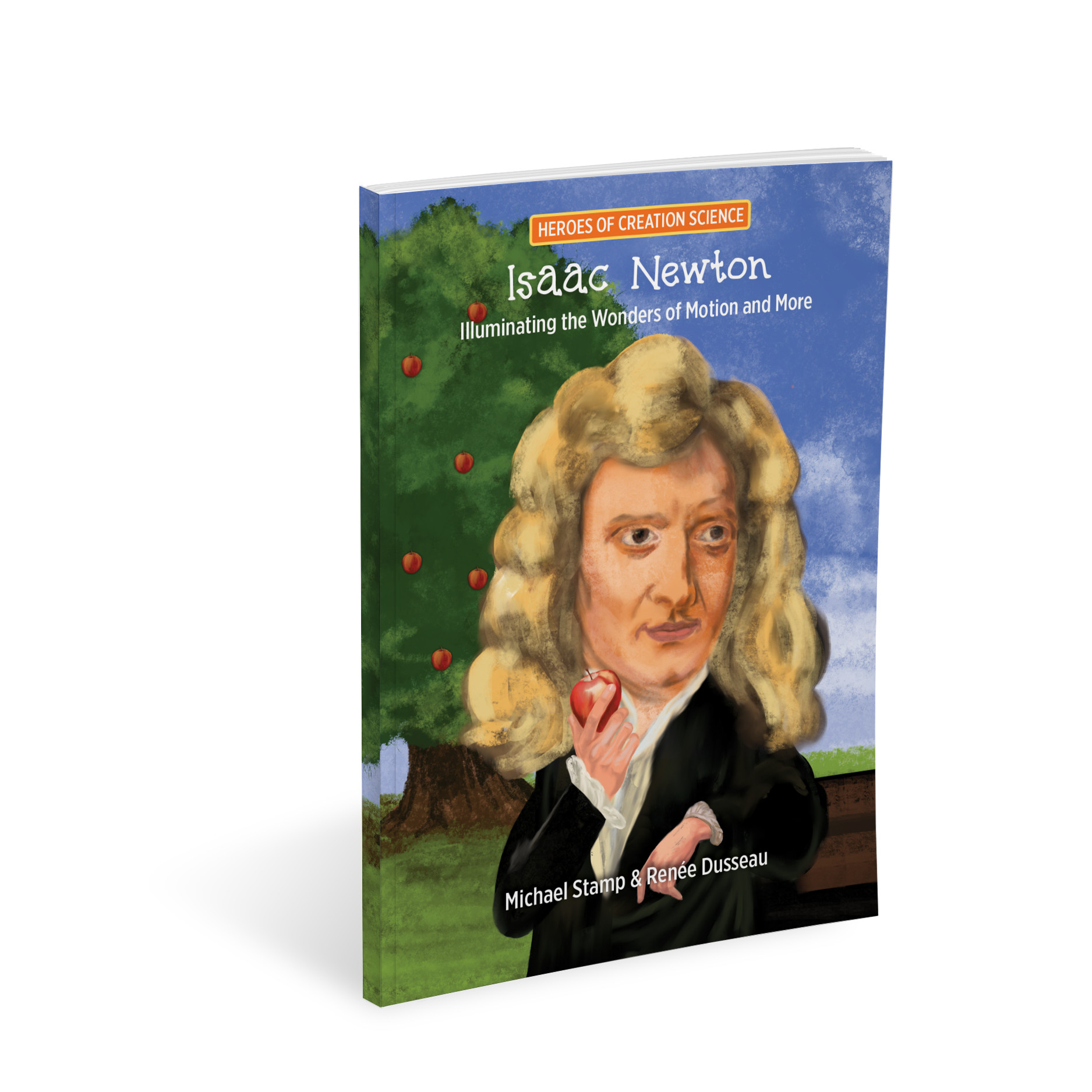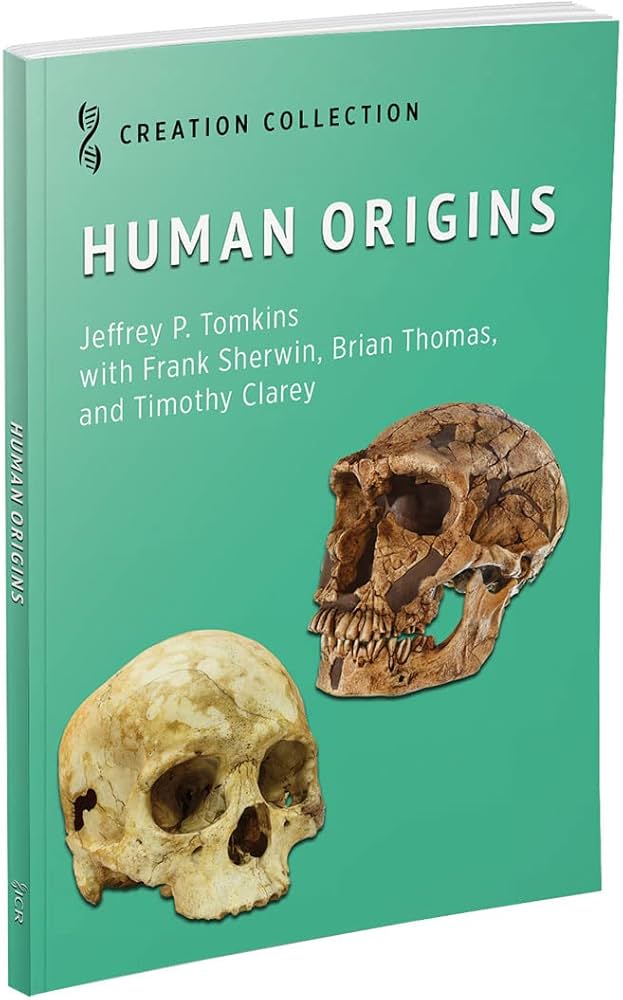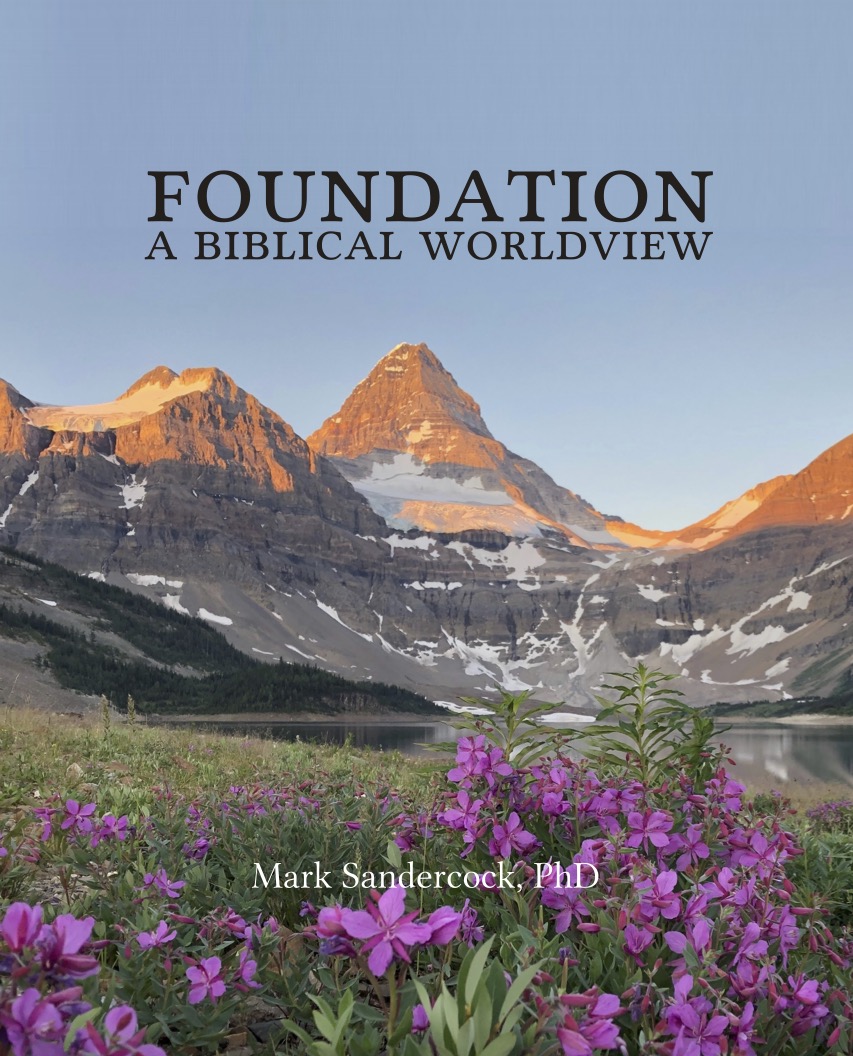Articles » Introductory
Not surprisingly, with an upbeat and exciting speaker, the audiences at our Creation Weekend sessions in October 2012 were large and enthusiastic. The final session ended with a standing ovation, which is most unusual for a lecture. So it was that David Coppedge of Santa Clarita, provided amazing illustrations, interesting information and profound insights. Read the rest of this entry »
Creation Science Association of Albert is delighted to present David Coppedge as the featured speaker for our Creation Weekend 2020. Due to the COVID 19 restrictions, Creation Weekend will be a one evening online event this year. David Coppedge was exceptionally well received with his presentations in Edmonton in 2012. Now in 2020, his return promises another tour de force with a presentation entitled Creation is Awe Inspiring! This event will take place on Friday evening, October 23, 2020 at 7:30 pm. To participate in this session, register at www.create.ab.ca/register. Once you register you will receive a confirmation email, and closer to the event you will receive an email with further details. Read the rest of this entry »
The genius of the English language, many people say, is that it freely borrows from other languages. For example, the term “déjà vu” is French and it means “already seen.” We might more readily say “been there, done that!” Another equivalent expression is “nothing new under the sun.” Indeed some things are just so-o-o-o predictable. Among current events, none seems more aptly connected to the term déjà vu than the resistance of established scientists to criticism, any criticism, of their views. Read the rest of this entry »
We humans are proud of our accomplishments in science, technology, the arts, and music. And, we have a right to be proud: the technological wonders of the last century have radically changed our world and benefited us enormously. While basking in our accomplishments, though, it behooves us to acknowledge the fact that we have used the natural world as a model for many of our achievements. Many scientists spend a lifetime studying and learning from the wisdom expressed everywhere in creation. In the fields of “engineering, chemistry, ballistics, aerodynamics – in fact in almost every area of human endeavor – nature has been there first” and the natural world is “infinitely more economical of resources and generally superior in performance” than our best efforts (Felix Paturi. 1976. Nature, Mother of Invention. Harper & Row p. 1). Read the rest of this entry »
Diatoms are a major group of plants which float in open water, and they are one of the most successful types of microscopic algae known. The estimated over 100,000 known species are found in the oceans, in freshwater, in soils and even on damp surfaces. Most diatoms are unicellular, although some can form colonies in the shape of long filaments or ribbons. As eukaryotes or cells with a nucleus, they have highly complex cells, comparable to other eukaryotes such as mammals and even humans (Philippe, et al., 1994, Journal of Evolutionary Biology 7: 247). Read the rest of this entry »
History is full of sad stories. Nobody needs to tell us that. Nevertheless many tragic events have been obscured by the mists of time. It sometimes seems that we scarcely know or care any more about the crusades, European wars or treaties during the Middle Ages or events before or after that time. Eighty years ago however, the assassination of the Romanovs, the Russian czar and his family took place in the Siberian town of Yekaterinburg. The events were so shrouded in mystery, and the victims so interesting (particularly the four beautiful daughters), that public interest in the story has never faded. Now, thanks to some remarkable espionage carried out in Russia during the final years of the Communist regime, and to some recently developed skills in forensic science, the final chapter on the Romanov saga will be written during the summer of 1998. If all goes according to plan, the Romanovs will be buried in the family sepulchre in St. Peter and St. Paul Cathedral in St. Petersburg. The funeral service with appropriate imperial grandeur is scheduled for July 17 — 80 years to the day after their untimely deaths. Read the rest of this entry »
Jason Lisle, Ph.D., graduated in astronomy from the University of Colorado. After years of experience in teaching and conducting research in solar astrophysics, he wrote Taking Back Astronomy: the Heavens Declare Creation (2006) which was aimed at junior high to adult readers. Now he has written The Ultimate Proof of Creation: resolving the origins debate (2009). Read the rest of this entry »
The Creation Science Association of Alberta is delighted to announce that biologist and long time creation apologist Dr. Jerry Bergman has agreed to speak at our Creation Weekend October 14 and 15, 2011. Dr. Bergman is a well known author and speaker on creation issues. His articles in Dialogue are extremely popular and among his published books, our association sells Slaughter of the Dissidents and Persuaded by the Evidence. What makes Dr. Bergman particularly interesting is the story of his rejection of atheism based on deficiencies in evolution theory. Read the rest of this entry »
Creation Science Association of Alberta is delighted to announce that Dr. Marcus Ross has agreed to speak at our creation weekend in Edmonton on Friday and Saturday, October 15 and 16, 2010. This young scientist brings with him a wealth of experience and expertise. He graduated with a B.S. from The Pennsylvania State University, a M. S. in Paleontology at south Dakota School of Mines and Technology and a Ph.D. in Geosciences from University of Rhode Island. His doctoral thesis dealt with the abundance and spread of mosasaurs, marine reptiles which are found in Cretaceous sediments, rock levels similar to those of many dinosaurs. Read the rest of this entry »
Creation Weekend 2015
October 23 & 24, 2015
It is not very often that an Edmonton audience has the opportunity to hear a world class expert tie together medical research, technology and Christian faith. Read the rest of this entry »
The ball arcs into the air, and then downward. A player rushes forward. Whew!! Another save made. The player’s strategy was to move to intercept the ball as it follows a predictable trajectory downward. We are happy the ball was caught, but the situation was not complicated. This is called a “constant bearing strategy” in pursuit of a target moving in a predictable arc. The strategy becomes more serious however when we learn that many animals similarly catch their prey by converging on the straightforward escape route of the hapless victim. Read the rest of this entry »
This DVD features discussion by Dr. Andrew Snelling, author of Earth’s Catastrophic Past, an 1100 page work which discusses multiple issues connected to the worldwide flood of Noah. This man is well known for his work on radiometric dating, some of it with the RATE project from Institute for Creation Research, which examined the significance of various dating techniques for conclusions about the age of the earth. He declares firstly that we only think of the earth as old because we expect the rocks to be old, based on a comparison with geological processes going on today. However instead of the present interpreting the past, we should rather turn our understanding around and realize that what happened in the past, explains what we see in the present. Read the rest of this entry »
People came from hundreds of kilometres away to hear Dr. Steven Ausin speak at CSAA’s Creation Weekend in Edmonton in October. His first lecture on Friday evening, October 24 was on the global flood model, also known as catastrophic plate tectonics. This model provides an explanation for how the earth came to its present state (as a result of a worldwide flood). The model was first proposed in a paper in 1994. There were six authors, Drs. Steven Austin, John Baumgardner, Hubert Humphreys, Andrew Snelling, Larry Vardiman and Kurt Wise (each representing different relevant technical areas of expertise). Read the rest of this entry »
Of all the scientific disciplines which resist solution, earthquake prediction certainly ranks close to the top of the list. One need only review the history of recent major events to discover how difficult this issue is. Read the rest of this entry »
The common earthworm, part of the Annelid phylum, (Annelida is Latin for little rings) plays a critical part in producing and maintaining fertile soil. Its role includes forming channels in the soil to allow for effective aeration, a critical process necessary for most soil dwelling life forms. The channels that earthworms produce also allow the soil to hold the large amounts of water that provide for plant survival (Johnson, 2002). Read the rest of this entry »




